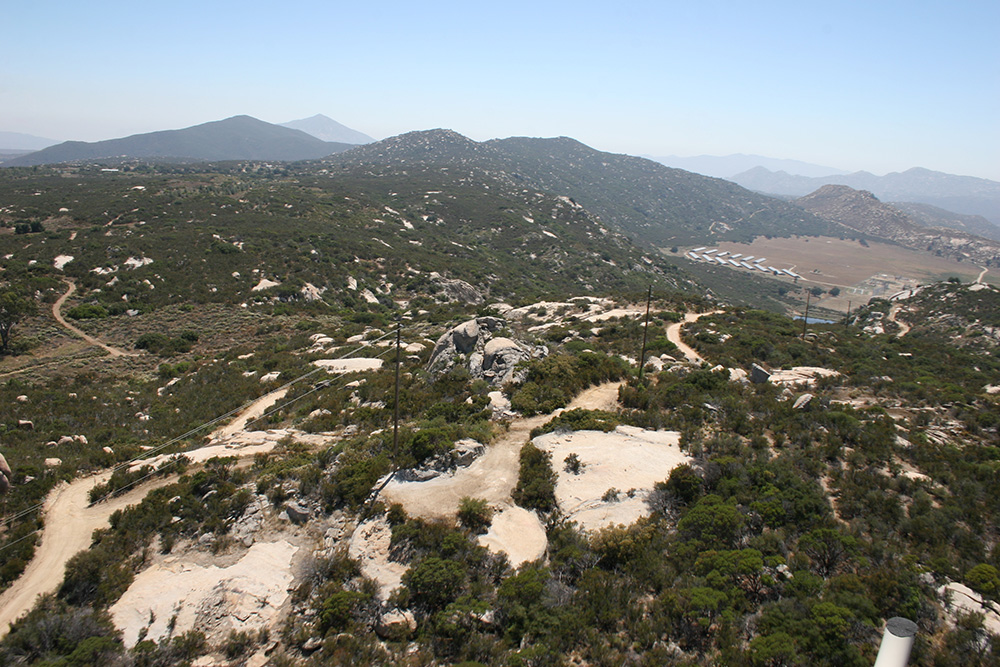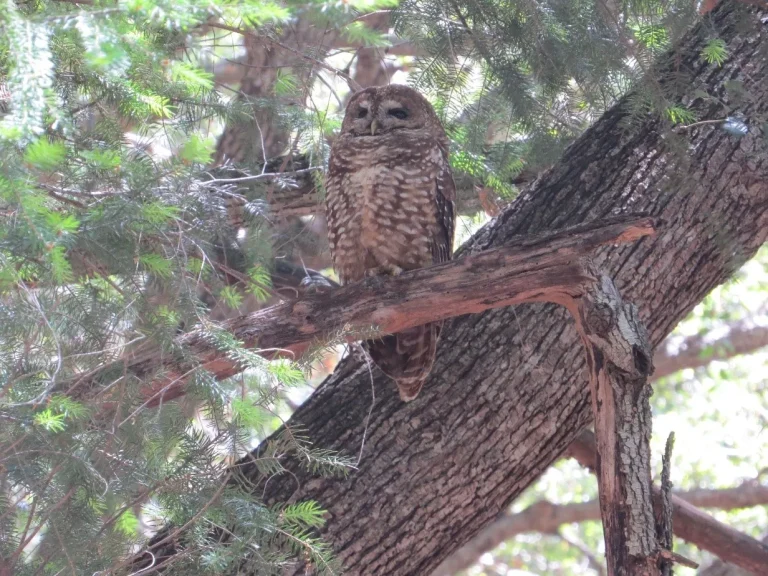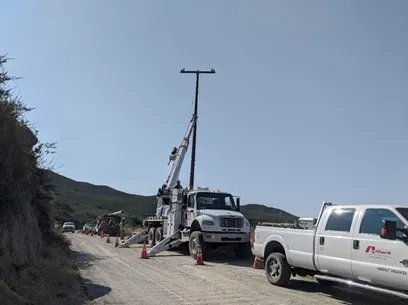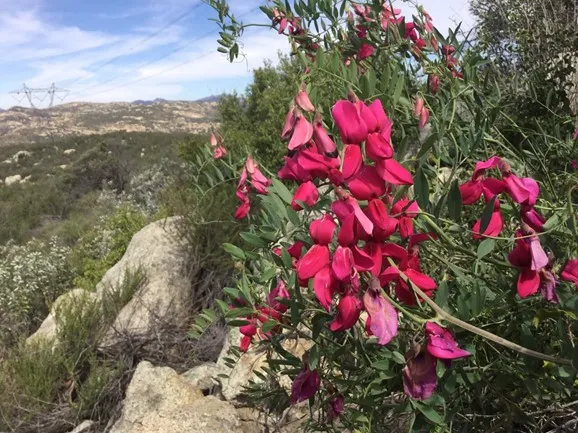This project combined more than 70 existing use permits and easements into one Master Special Use Permit for 69 kilovolt power line and 12 kilovolt distribution facilities on U.S. Forest Service land.
Insignia supported this project from the initial planning stages through construction and closeout. The project involved combining more than 70 existing use permits and easements for 69 kV power line and 12 kV distribution line facilities on U.S. Forest Service-administered land into one Master Service User Permit, as well as work on lands administered by California State Parks, the Bureau of Land Management, and the Bureau of Indian Affairs. As part of continuing efforts to reduce fire risks and improve service reliability, the project included the wood-to-steel conversion of approximately 1,400 existing poles, undergrounding of approximately 26 miles of distribution lines, closure of access roads, and removal of overhead facilities within 150 miles of existing rights-of-way.
Since the beginning stages of the project, Insignia guided the environmental review and documentation process through several variations as the regulatory and permitting strategy for the project evolved. Insignia’s team conducted fieldwork to gather all necessary data pertaining to biological and cultural resources, hydrological features, and potential aesthetic impacts. In addition, Insignia botanists conducted extensive rare plant surveys and vegetation community mapping for the entire project area, conducted the pre-construction biological surveys, and prepared all associated reports throughout the approximately 10 years of project work. After preparing the Proponent’s Environmental Assessment and Plan of Development and ushering the project through the California Environmental Quality Act and National Environmental Policy Act approvals, Insignia prepared 15 required mitigation implementation plans, each of which laid out procedures for the project team to comply with the necessary agency requirements. In preparation for construction, Insignia prepared a project permit binder, which included communication protocols, project maps, contact lists, and other relevant plans and permits. Insignia also developed a comprehensive environmental training program for the project that emphasized biological and cultural resource education. The training program included a project brochure and a hard-hat decal that Insignia designed and produced to distribute to over 4,500 project personnel that attended the trainings.
Insignia’s Qualified Storm Water Pollution Prevention Plan Developer prepared and managed six Storm Water Pollution Prevention Plans for the project. Insignia worked strategically with the client to bundle the various project elements into separate Notices to Proceed to allow construction to proceed as quickly as possible. Simultaneously, Insignia worked with construction crews and engineers to document any necessary project changes with all regulatory agencies using Minor Project Refinement/Variance requests and Workspace Adjustments. This has resulted in over 170 submitted requests over the course of the project. In addition, the Insignia team has conducted and continues to conduct numerous, large-scale biological surveys—including protocol-level surveys for special-status birds, mammals, and invertebrates—as required by project permits and authorizations.
Insignia provided environmental inspection and resource monitoring in accordance with mitigation and permit requirements for the MSUP for all construction phases of the project. At the height of construction, Insignia was managing 30 environmental professionals in the field who were conducting the required cultural, paleontological, biological, hazardous materials, and SWPPP monitoring for five active construction segments, as well as managing environmental inspectors who were checking for overall compliance.




